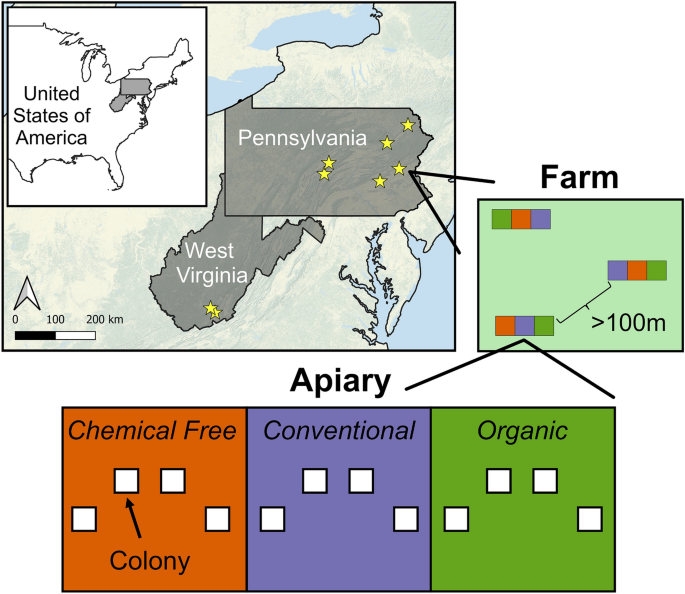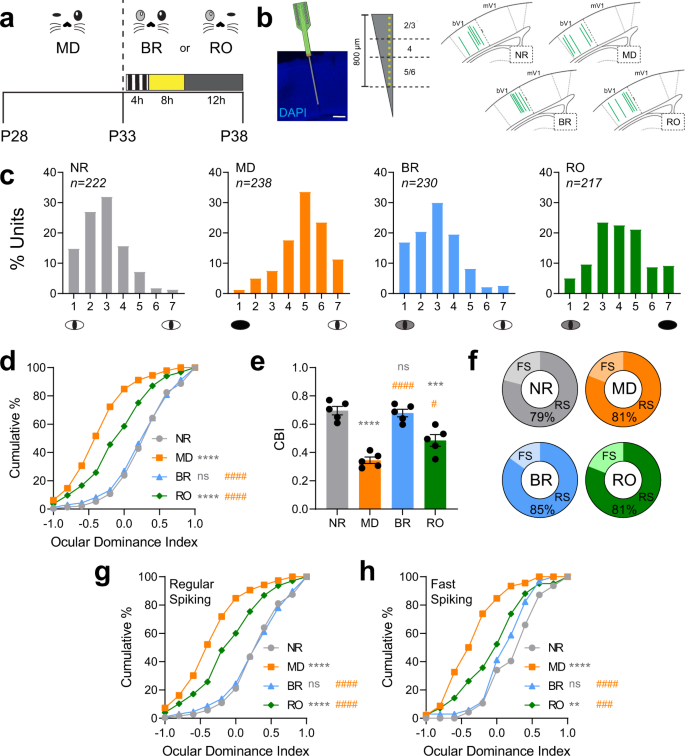2023-04-18 ミシガン大学
この研究は、アメリカの中学校と高校で処方箋の薬物乱用の普及率と関連要因を調査した初めての大規模な研究である。学校ごとの乱用率は0%から25%まで幅広く、高学歴の親が多い、郊外の地域にある、白人の生徒が多い、中程度の飲酒量がある学校など、特定の特徴を持つ学校が高い乱用率を示した。また、学校の処方箋使用率が高い場合、薬物乱用のリスクが36%高くなると報告された。
薬物乱用のリスクを減らすために、学校は生徒の薬物乱用行動を評価するべきである。
<関連情報>
- https://news.umich.edu/in-some-us-schools-1-in-4-students-report-misusing-prescription-stimulants/
- https://jamanetwork.com/journals/jamanetworkopen/fullarticle/2803941
米国の中高生における処方刺激薬の医療用および非医療用の使用状況(2005年~2020年) Prescription Stimulant Medical and Nonmedical Use Among US Secondary School Students, 2005 to 2020
Sean Esteban McCabe, John E. Schulenberg, Timothy E. Wilens, Ty S. Schepis, ; Vita V. McCabe, Philip T. Veliz
JAMA Network Open Published:April 18, 2023
DOI:10.1001/jamanetworkopen.2023.8707

Key Points
Question What is the association between school-level stimulant therapy for attention-deficit/hyperactivity disorder (ADHD) and prescription stimulant nonmedical use?
Findings In this cross-sectional study of 231 141 students in 3284 secondary schools, school-level past-year prescription stimulant nonmedical use ranged from 0% to more than 25% across US schools. Students attending schools with the highest rates of stimulant therapy for ADHD had 36% increased odds of nonmedical prescription stimulant use compared with students attending schools with the lowest rates.
Meaning This study’s results suggest potential targets for strategies to reduce school-level prescription stimulant nonmedical use.
Abstract
Importance Recent information on the prevalence of prescription stimulant therapy for attention-deficit/hyperactivity disorder (ADHD) and nonmedical use of prescription stimulants (NUPS) at the school-level among US secondary school students is limited.
Objective To investigate the school-level prevalence of and association between stimulant therapy for ADHD and NUPS among US secondary school students.
Design, Setting, and Participants This cross-sectional study used survey data collected between 2005 and 2020 as part of the Monitoring the Future study (data collected annually via self-administered survey in schools from independent cohorts). Participants were from a nationally representative sample of 3284 US secondary schools. The mean (SD) response rates were 89.5% (1.3%) for 8th-grade students, 87.4% (1.1%) for 10th-grade students, and 81.5% (1.8%) for 12th-grade students. Statistical analysis was performed from July to September 2022.
Main Outcome and Measure Past-year NUPS.
Results The 3284 schools contained 231 141 US 8th-, 10th-, and 12th-grade students (111 864 [50.8%, weighted] female; 27 234 [11.8%, weighted] Black, 37 400 [16.2%, weighted] Hispanic, 122 661 [53.1%, weighted] White, 43 846 [19.0%, weighted] other race and ethnicity). Across US secondary schools, the past-year prevalence of NUPS ranged from 0% to more than 25%. The adjusted odds of an individual engaging in past-year NUPS were higher at secondary schools with higher proportions of students who reported stimulant therapy for ADHD, after controlling for other individual-level and school-level covariates. Students attending schools with the highest rates of prescription stimulant therapy for ADHD had approximately 36% increased odds of past-year NUPS compared with students attending schools with no medical use of prescription stimulants (adjusted odds ratio, 1.36; 95% CI, 1.20-1.55). Other significant school-level risk factors included schools in more recent cohorts (2015-2020), schools with higher proportions of parents with higher levels of education, schools located in non-Northeastern regions, schools located in suburban areas, schools with higher proportion of White students, and schools with medium levels of binge drinking.
Conclusions and Relevance In this cross-sectional study of US secondary schools, the prevalence of past-year NUPS varied widely, highlighting the need for schools to assess their own students rather than relying solely on regional, state, or national results. The study offered new evidence of an association between a greater proportion of the student body that uses stimulant therapy and a greater risk for NUPS in schools. The association between greater school-level stimulant therapy for ADHD and other school-level risk factors suggests valuable targets for monitoring, risk-reduction strategies, and preventive efforts to reduce NUPS.


